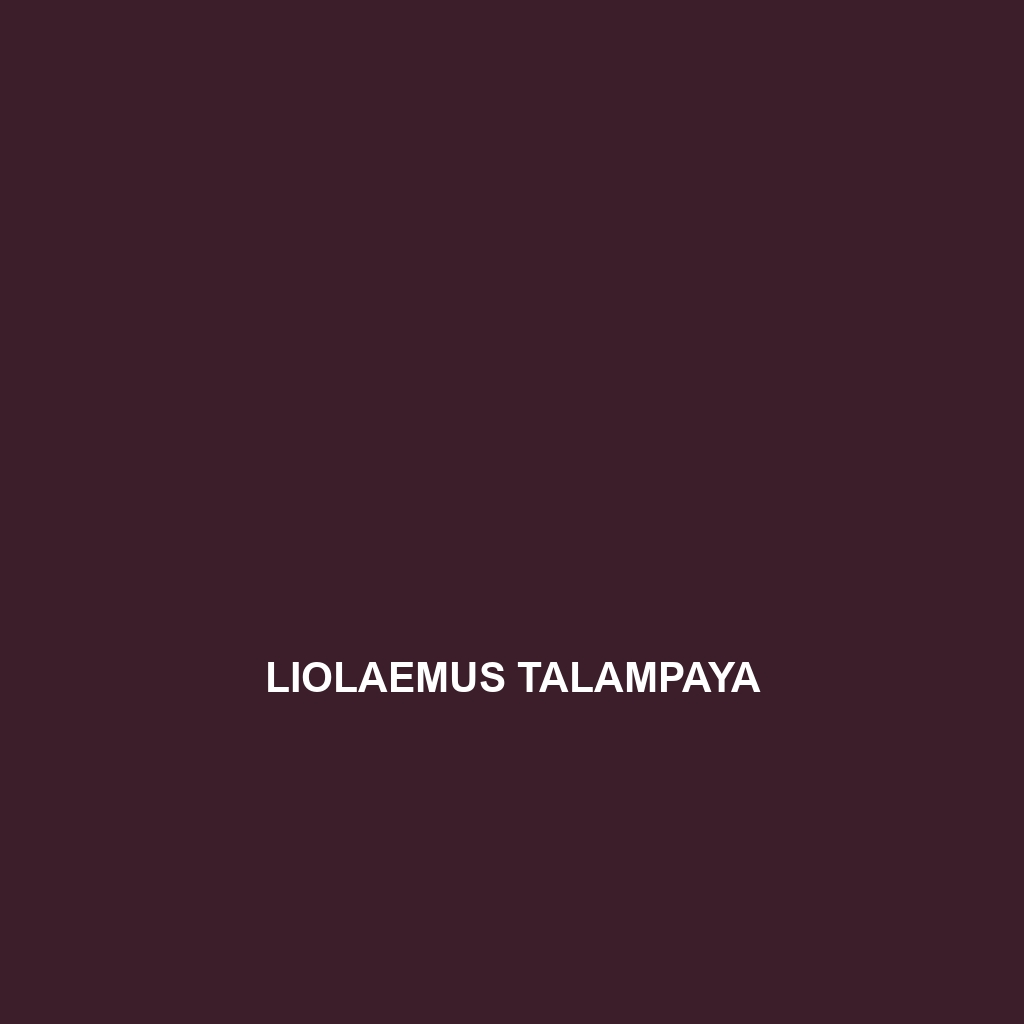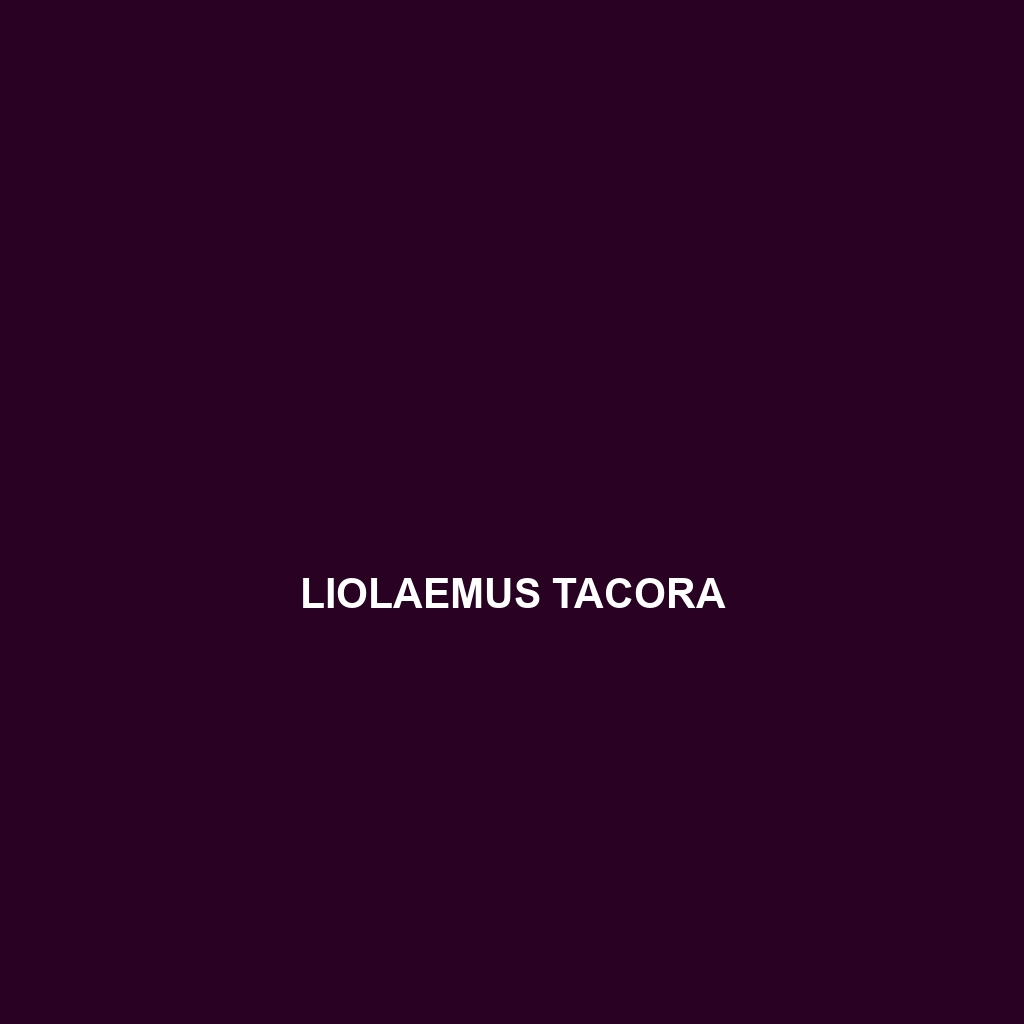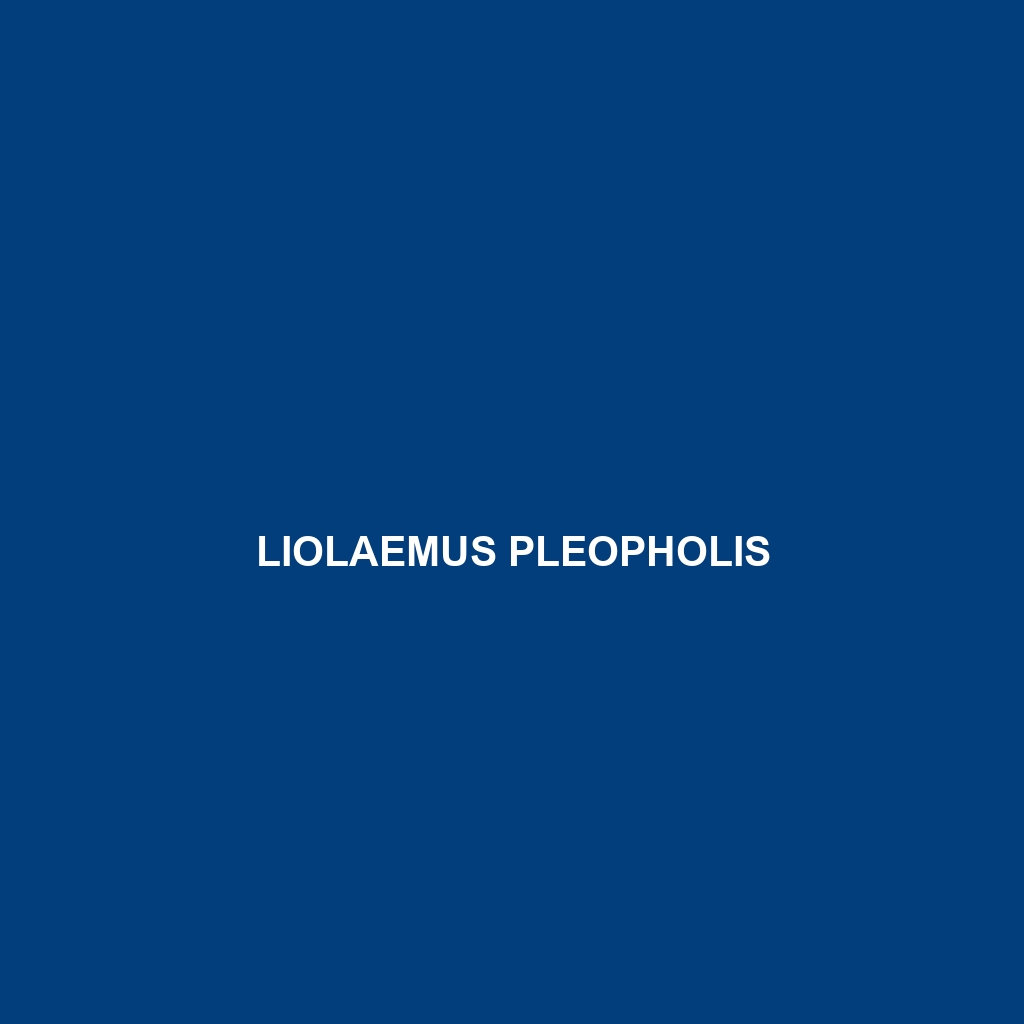Experience the unique Liolaemus walkeri, or Walker's Lizard, an intriguing, medium-sized lizard native to the cool, temperate forests and grasslands of the Andean region, known for its remarkable ability to change color and robust territorial behaviors. With a diet primarily consisting of insects, this fascinating species plays a vital role in its ecosystem by balancing insect populations and serving as prey for larger animals.
Tag: Andean lizard species
Liolaemus vulcanus
<p><b>Liolaemus vulcanus</b>, commonly found in the arid Andean foothills of Chile and Argentina, is a hardy, diurnal lizard that thrives in rocky environments. Typically measuring 7 to 10 cm in length, this insectivorous species exhibits remarkable adaptability to extreme altitudes and temperatures, playing a crucial role in its ecosystem as both a predator and prey.</p>
Liolaemus tajzara
The Liolaemus tajzara is a medium-sized lizard native to the rugged Andes, characterized by its muted brown and green coloration with bright blue markings. Inhabiting high-altitude grasslands, it plays a vital ecological role as an insectivore and bioindicator of environmental health.
Liolaemus tacnae
<p><b>Liolaemus tacnae</b> is a captivating lizard species native to the high-altitude regions of the Andean mountains in northern Chile, notable for its colorful scales, distinctive dorsal crest, and adaptability to rocky alpine environments. Inhabiting areas with sparse vegetation, these insectivorous lizards play a crucial role in their ecosystem by controlling insect populations and serving as prey for larger animals.</p>
Liolaemus quilmes
Discover the <b>Liolaemus quilmes</b>, a fascinating high-altitude lizard from the Andes known for its distinctive gray-brown coloration, elongated body, and unique diurnal behaviors. This insectivorous species thrives in rocky terrains and grasslands, playing a crucial role in regulating insect populations and maintaining ecological balance.
Liolaemus pleopholis
Introducing the Liolaemus pleopholis, a slender lizard native to the arid southern Andes of Chile and Argentina, recognized for its vibrant coloration, diurnal behavior, and insectivorous diet. This fascinating species exhibits unique adaptations such as tail autotomy and thrives in rocky, scrubby habitats, playing a crucial role in maintaining ecosystem balance.
Liolaemus pachacutec
Discover the Liolaemus pachacutec, a distinctive insectivorous lizard native to the high Andean regions of Peru and Bolivia, characterized by its slender body, varying shades of brown and green, and remarkable camouflage skills that help it thrive in temperate forests with rocky outcrops. This vulnerable species plays a crucial role in its ecosystem, controlling insect populations and contributing to biodiversity.
Liolaemus juanortizi
<br><b>Liolaemus juanortizi</b>, a distinctive lizard from the Andes of Argentina and Chile, features a slender body measuring 15-20 cm, with brown and gray coloration for camouflage. This diurnal insectivore plays a vital role in its ecosystem as a predator of insects and contributes to ecological balance while exhibiting vibrant mating displays during the breeding season.
Enyalioides altotambo
The Enyalioides altotambo, or Alto Tambo spiny lizard, is a medium-sized species native to the rainforests of the Andean region in Ecuador, recognized for its vibrant green coloration, spiny body, and arboreal lifestyle. This insectivorous lizard plays a crucial role in its ecosystem by controlling insect populations and supporting biodiversity through its foraging habits.
Andinosaura petrorum
Discover the fascinating Andinosaura petrorum, a vulnerable lizard species from the humid Andean forests of South America, known for its slender body, vibrant color patterns, and impressive climbing skills. This insectivorous reptile thrives at altitudes of 1,500 to 3,000 meters, playing a crucial role in its ecosystem by controlling insect populations and serving as a food source for larger predators.









